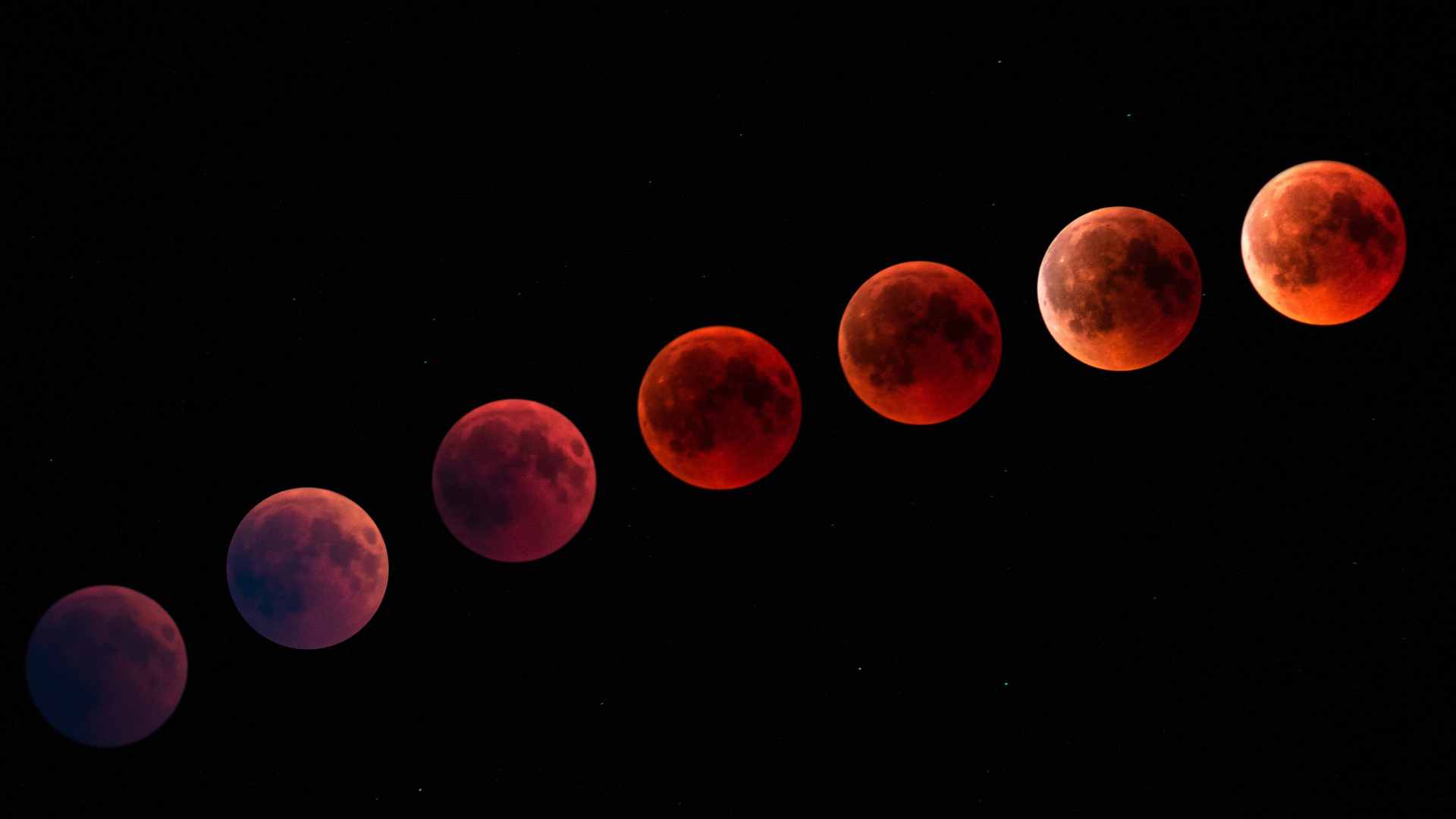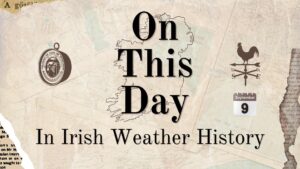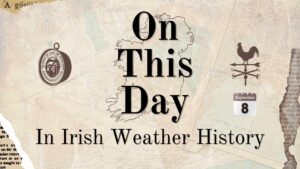
Autumnal Equinox in Ireland nears

Ireland will officially welcome autumn on Monday, 22nd September, at 7:18 PM local time, when the September equinox occurs.
This astronomical event marks the moment when the Sun crosses the celestial equator, resulting in nearly equal lengths of day and night across the globe.
In Dublin, the Sun will rise at 7:11 AM and set at 7:23 PM, providing 12 hours and 12 minutes of daylight.
Meteorological Implications
Meteorologically, the equinox signifies a transition from the warmer, drier conditions of summer to the cooler, wetter patterns characteristic of autumn. In Ireland, this shift is often accompanied by increased rainfall and a drop in temperatures.
The change in daylight hours influences weather systems, leading to more frequent Atlantic depressions and unsettled weather conditions. This period also marks the beginning of meteorological autumn, which spans the months of September, October, and November.
Astronomical Significance
Astronomically, the equinox occurs when the Earth’s axis is tilted neither toward nor away from the Sun, resulting in the Sun being positioned directly above the equator at noon. This alignment causes the Sun to rise due east and set due west for observers in Ireland. The equinox also signals the end of astronomical summer and the commencement of astronomical autumn, which lasts until the winter solstice in December.
Cultural and Folkloric Traditions
In Irish folklore, the equinox has long been associated with harvest time and seasonal rituals. Traditions such as the Lughnasadh festival, held in early August, celebrate the gathering of crops and the abundance of the land. Folktales suggest that the balance between day and night during the equinox was a time when the veil between worlds was thin, and ceremonies performed at this time were believed to bring protection and prosperity for the coming winter.
Share this WeathÉire story:

























